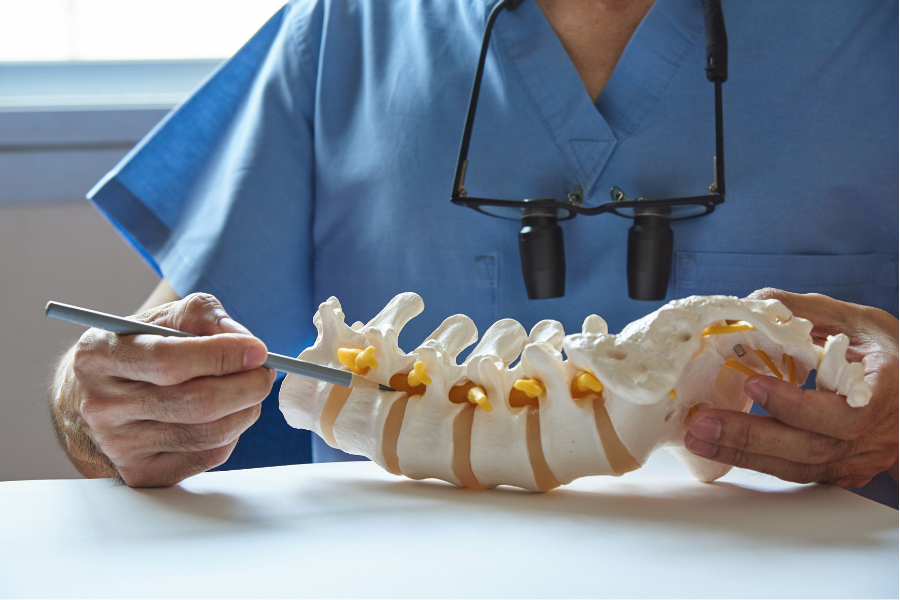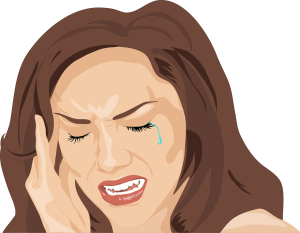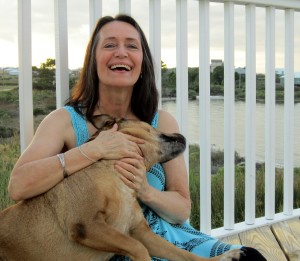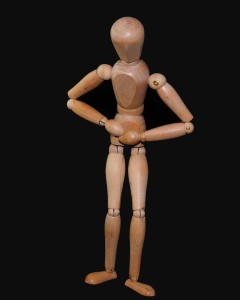Chiropractic clinical case histories have been a regular feature of our patient newsletter since its inception. There seems to be no limit to the health problems that respond to chiropractic care. How many people suffering, on drugs, facing a life of limitation could be helped by chiropractic care? Probably most of them.
Crying, screaming 6-week-old baby
A 6-week-old girl was brought in for chiropractic care by her mother. She said her child frequently cried and screamed, slept poorly, favored her right shoulder, and had feeding difficulties.
After her first adjustment, the baby immediately relaxed; the mother reported her daughter slept for six hours that night. In addition, she fed equally on the left and right sides, no longer cried inconsolably, and was able to lie on her back without extreme discomfort. (1)
Pervasive developmental disorder
A 33-month-old boy diagnosed with a pervasive developmental disorder (PDD) and sensory processing disorder (SPD) had developmental delays in communication, speech, cognitive function, gross and fine motor skills, “fist walking,” and bruxism (grinding teeth). He also lacked social and emotional development as well as self-help skills.
Since medically there is no cure, he was prescribed ADD medications, antidepressants, anti-seizure medication, and antipsychotic medication to treat his symptoms.
Chiropractic care consisted of the location and correction of subluxations. After ten months his language skills had improved greatly and his sensory processing issues had reduced (“he seems much more comfortable in his personal space”). In addition, his bruxism reduced, he was no longer “fist walking” and he had stopped swaying and rocking, His mother reported that he was also beginning to read at a level above his age and his social skills improved. (2)
Trigeminal neuralgia (tic douloureux)
A 77-year-old woman who had been suffering from severe right-sided trigeminal neuralgia (TN) for seven years went to a chiropractor for care. Her TN pain was only initially helped by medication and was made worse by chewing, talking, and smiling. When her symptoms were their worst, she was unable to eat or talk well for 4 days.
Initially, she rated her pain 10 out of 10; describing it as a constant hot, throbbing, burning sensation that progressively gets worse. Subluxations at C1 and other segments were located and adjusted. After six visits the patient saw a significant reduction in pain. After four months she went off her medication and at 6 months was pain-free. (3)
Do you know anyone suffering from these things?
Please share this article with them and gently suggest they make an appointment to see us. 517.627.4547
References
1.Feltz K, Stark D. An infant with disturbed sleeping patterns and excessive, inconsolable crying. Journal of Pediatric, Maternal & Family Health, Chiropractic. March 8, 2021:11-18.
2.Cohn C. Improvement in autism spectrum disorder following vertebral subluxation reduction: a case study. Journal of Pediatric, Maternal & Family Health – Chiropractic. 2011;3:87-91.
3.Zielinski E, Mankal K, Pirini J. Resolution of trigeminal neuralgia following chiropractic care utilizing Chiropractic Biophysics and diversified techniques: a case study. Annals of Vertebral Subluxation Research. November 6, 2014:177-183.





















